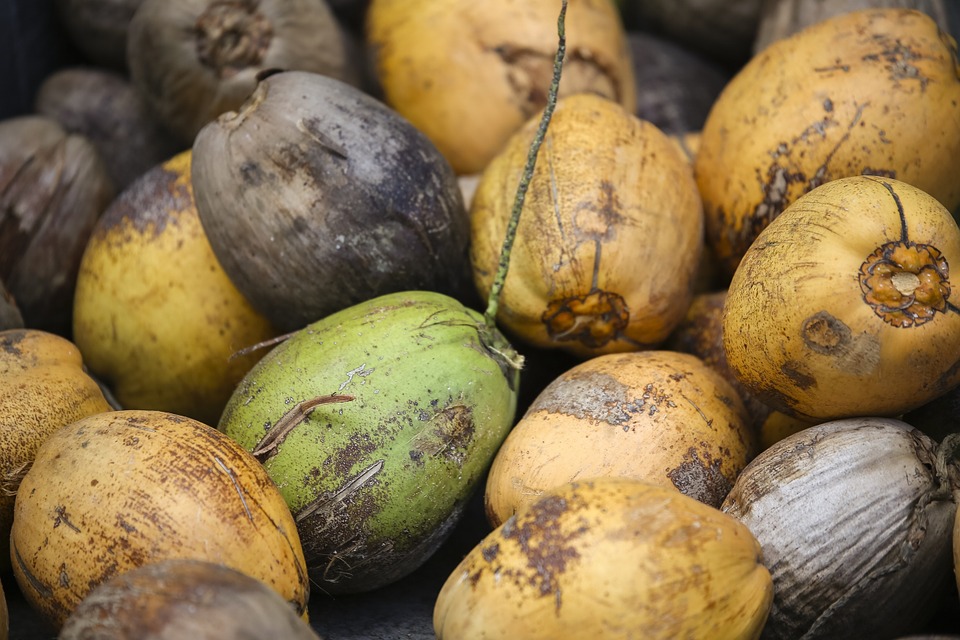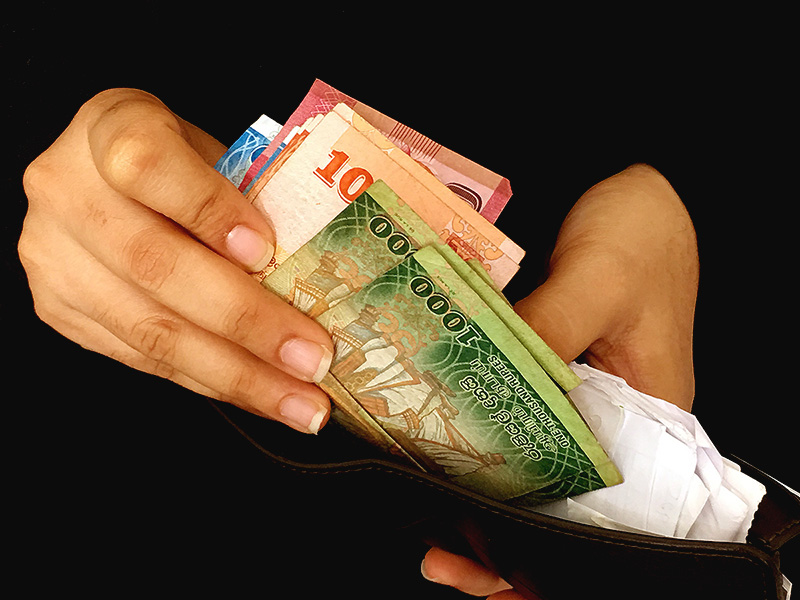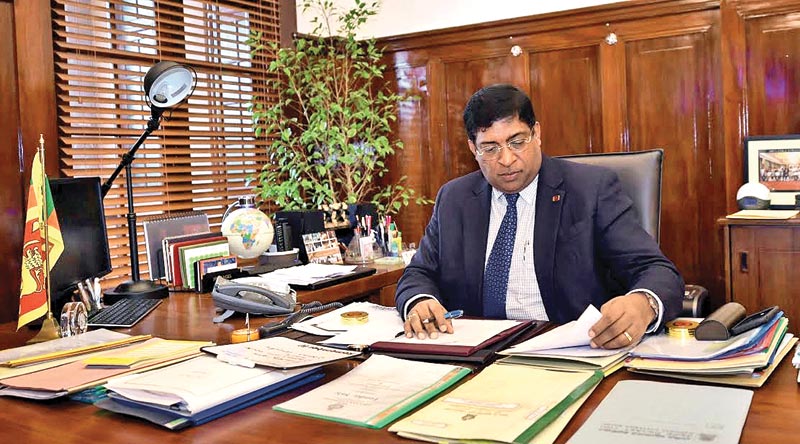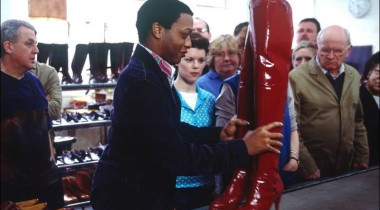
Kanthale, Trincomalee, 2012: A woman by the name of Christina Hamine is sewing fabrics outside her home during a powercut when two men approach her doorstep. Claiming to be from a local microfinance company in town, they offer to loan her 30,000 rupees to grow her business.
Christina is a single mother with two sons. Her husband died 11 years ago after a long battle with cancer. A seamstress by trade, she also runs a small hopper shop. Her life in this town hasn’t been easy.
“Some days, the hoppers wouldn’t sell. I’d sit for three to four hours and sew. It was hard on my back, but I wouldn’t stop.”
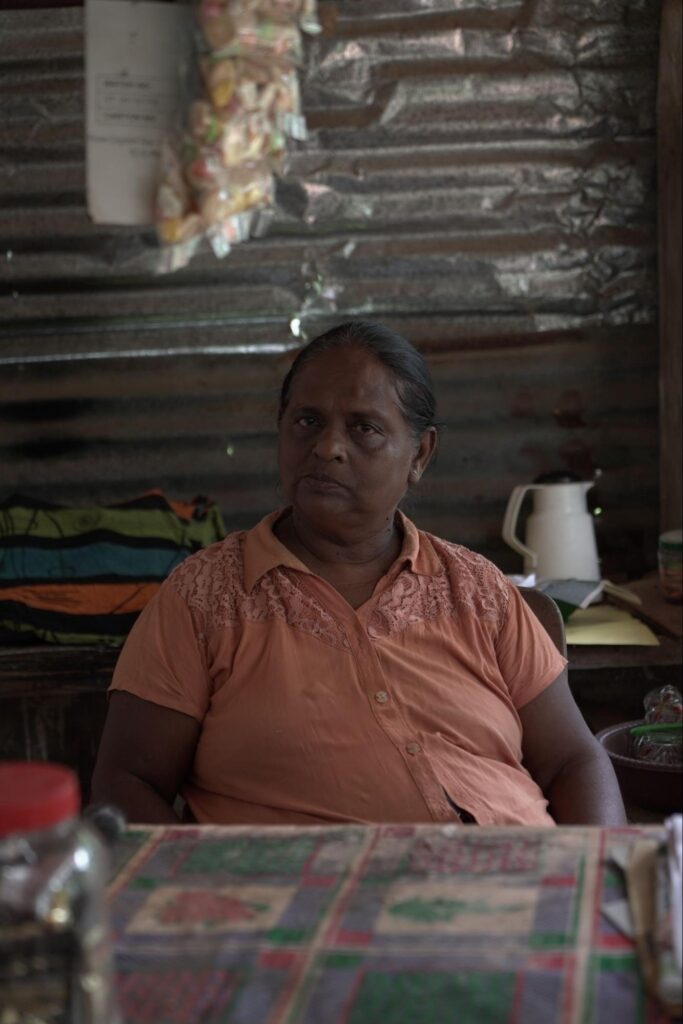
Kotagala, Nuwara Eliya, 2019*: Sinnaiya Arulselvi and her husband are rebuilding the mud walls of their home after losing them to heavy rains. While her husband is away, a woman approaches her and suggests she obtain a loan to help build her home.
Her proposal, however, came with a peculiar condition. Sinnaiya must hand over the initial loan amount to her prospective loan partner and allow her to apply for any successive loans on Sinnaiya’s behalf. Sinnaiya unsuspectingly agrees and applies for a loan of 25,000 rupees.
At the time, Sinnaiya worked as a plantation worker. Now, her husband is the sole breadwinner of the family, earning daily wages as a mason and a farmer. When the COVID-19 pandemic struck, their livelihoods took a major hit. On top of that, their humble home was collapsing around them.
“In the early days, we only had a rooftop and mud walls for a home. The walls would often break down while the children were inside. Sometimes, we’d stay in our neighbour’s home, watching them crumble to the ground.”
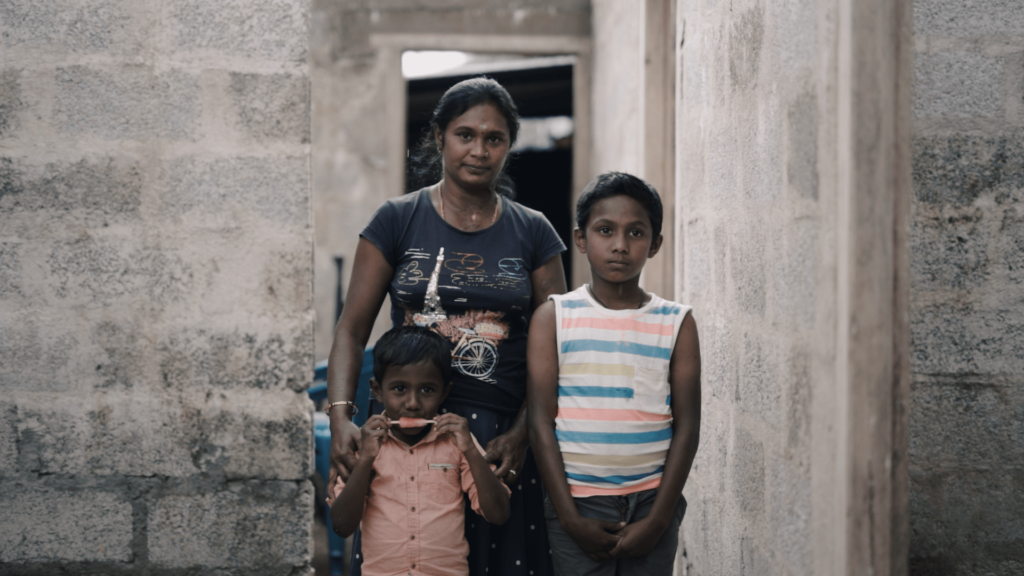
Kiran, Batticaloa, 2017*: Kuganesan Selviyanjali is at a community meeting organised by a local microfinance company. After organising the candidates into groups, company agents hand out applications. Kuganesan receives an initial sum of 90,000 rupees.
Kuganesan usually spends her days working in a canteen. Her husband, once a carpenter, is too ill to work. They have five children together.
“This was the only income for the whole family and wasn’t sufficient at all. The children were still schooling. So, we couldn’t help but choose loans.”
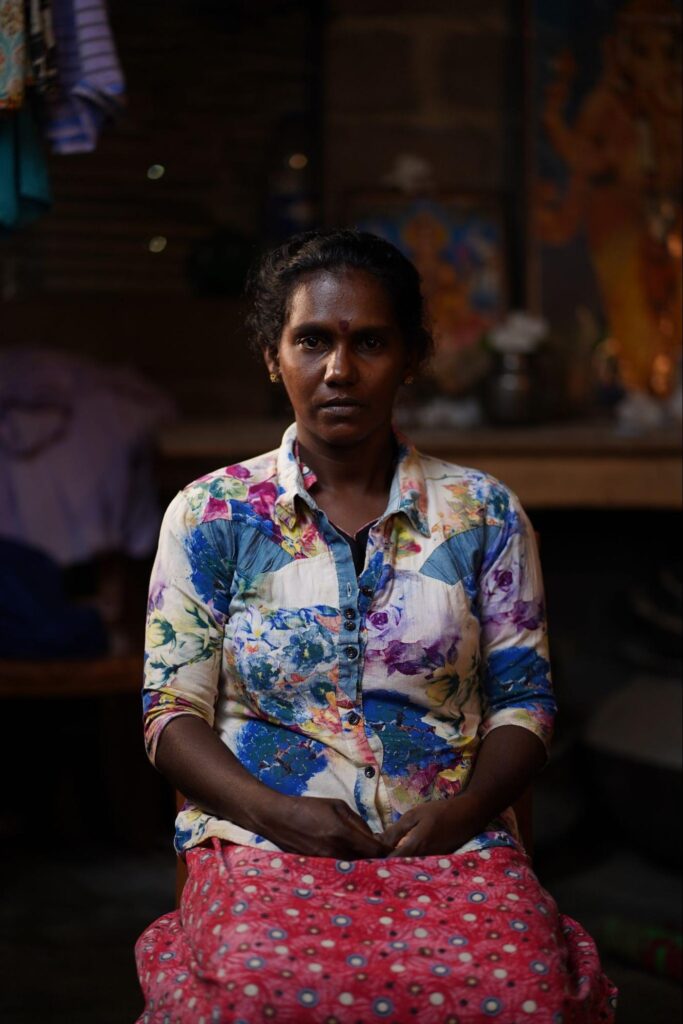
From Debtors To Victims
Since the 1980s, microfinance has been heavily promoted in the global south as a means to alleviate poverty. The sector targets impoverished groups that usually lack access to more formal and regulated sources of moneylending, providing a flexible means of borrowing the capital necessary for low-income small business owners to rise above the poverty line.
If all goes well, the money borrowed would be settled conveniently within a mutually agreed time frame. The business it funded will continue to thrive whilst providing a decent livelihood for its owner and contributing smartly to the national GDP. What’s more, in Sri Lanka, microfinance is widely regarded as an instrument for empowering rural women entrepreneurs.
It’s an enticing prospect that persuades many to risk big and bet on a largely unregulated sector. But how has all that theory manifested in the real world?
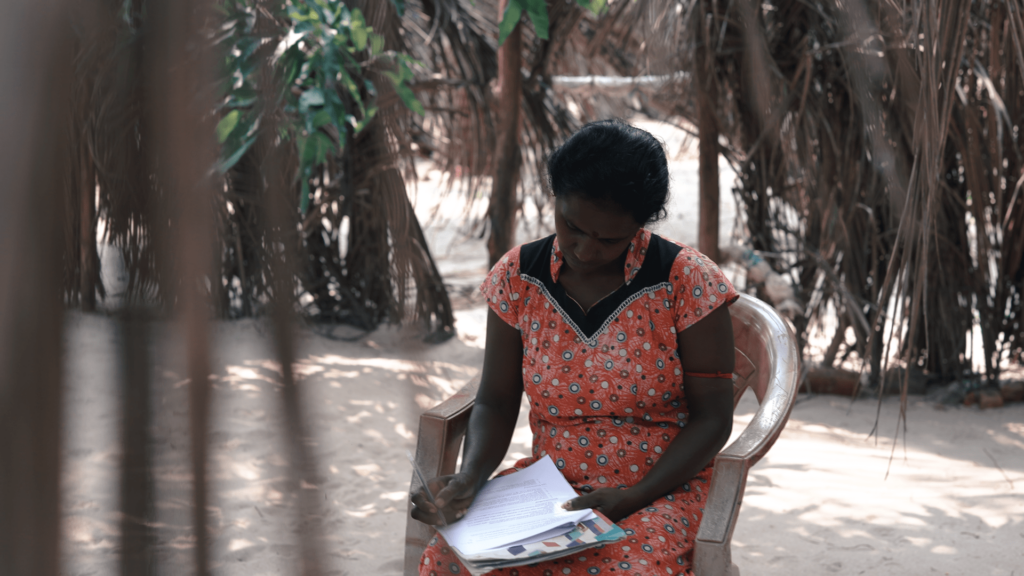
“There were no issues at the initial stages,” said Kuganesan, “They promoted themselves as the best company with the lowest interest rates.”
“I did not ask for a loan,” recalls Christina, “They convinced me that, since I was self-employed, I should take it. When I asked what would happen if I couldn’t pay, they assured me that I could pay it back.”
In the case of Sinnaiya Arulselvi, the stranger who had initially convinced her to take out a loan had been applying for bigger loans in her name. Still, the microfinance company providing these loans didn’t seem to mind.
“They would tell us if there were any loan provisions,” she said, “We would fulfil their requirements with copies of our national identity cards and marriage certificates without knowing any details.”
But when the time finally came to begin settling the loans, the true nature of the companies began to unravel.
“If you don’t pay the instalments when they come, they won’t leave your house,” said Christina. “I told them there was no way to settle the premium in one day. However, they didn’t budge.”
“You can’t say that,” she says the representatives told her. “If you took the loan, you have to pay it. If you can’t pay, why did you take it?”
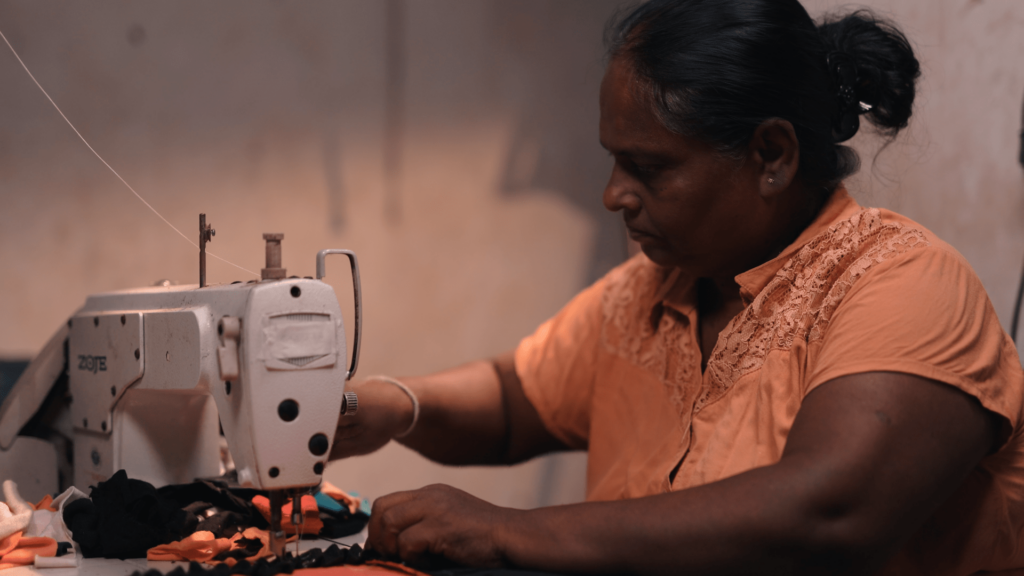
“After we had breached the deadline, they insisted that we either settle the loan or face the police,” recounts Kuganesan, “As the situation became more intense, I approached other microfinance companies to help settle the debt I owed to the previous company.”
Such harassment and intimidation tactics are common among unregulated microfinance companies when pursuing their debtors to settle. But what’s causing them to recklessly loan money in the first place?
“They say they get a salary,” says U. R. M. Sita Ranjani, Council Member of Kanthale’s Local Government of the company agents. “But they will not go until the loan is given because they get a commission.”
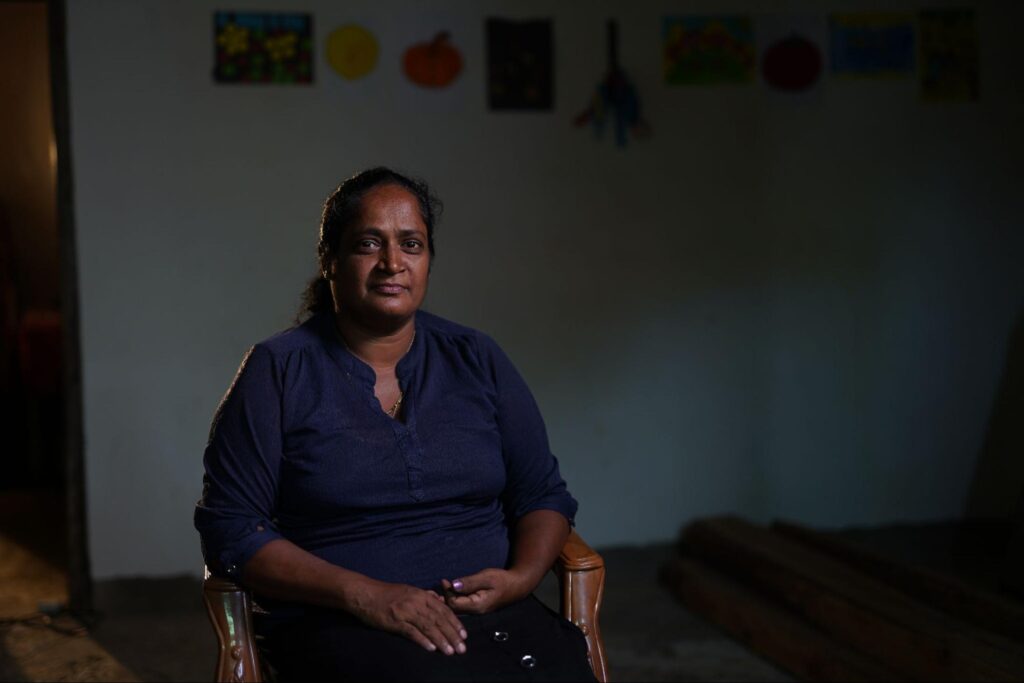
The lackadaisical regulation of microfinance institutions combined with the low financial literacy and legal awareness of loan recipients often leads to tragic consequences.
“One evening, a company official came by the house,” recalls Sinnaiya. “When my husband went out to answer, he asked for me. He said I had taken out a loan and hadn’t yet settled it. My husband knew nothing of my loan activity. I went out myself and explained that my loan partner would settle the amount the next day.”
At this, the company agent grew indignant and told Sinnaiya that she had until next morning to settle the loan before going away. That night, Sinnaiya did not sleep.
“The next morning, my husband stayed at home with the children. I was worried about having to face that company agent again. I found a can of kerosene oil and used it to burn myself.”
Sinnaiya spent 17 days in hospital recovering from her injuries. She is not the only one who found the pressure to settle overwhelming.
In the past three years, an estimated 200 women who died by suicide are believed to have done so as a direct result of undue pressure they faced to settle debts with local microfinance companies.
A New Hope
In 2021, the Centre for Policy Alternatives (CPA) — through grant support from the European Union-funded UNDP Business and Human Rights project — began investigating cases of harassment and financial exploitation committed within Sri Lanka’s microfinance sector. They uncovered numerous cases of human rights violations and unethical business practices by local microfinance companies.
One of their most scathing indictments of the sector were the loan contracts. All of them were worded exclusively in English with no local language translations available to applicants that were fluent only in Sinhala or Tamil.
“Some institutions have written charges and interest by hand,” observed CPA Senior Researcher Lionel Guruge. “Others provided an erasable receipt. There was no proper record on how much money was lent or collected.”
This allowed the companies to charge unethically high interest rates on their loans.
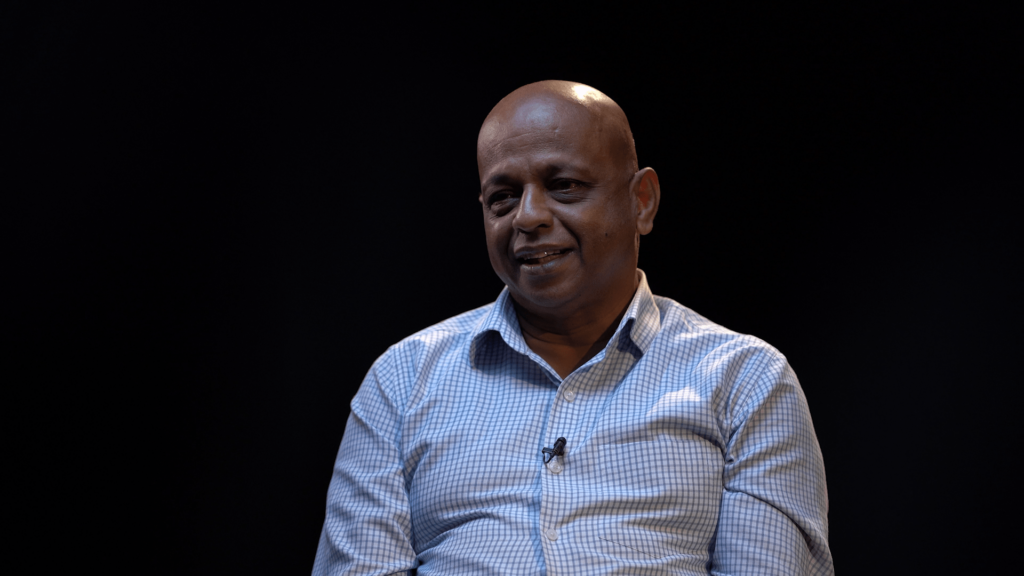
“We consider this an issue when it comes to rights because we’re looking at microfinance as a tool to alleviate poverty,” said UNDP Business and Human Rights Specialist Myanthi Peiris.
Today, CPA and UNDP provide legal aid and capacity building for approximately 250 women from Polonnaruwa, 750 women from Trincomalee, 600 women from Batticaloa, and 450 women from Nuwara Eliya to help resolve their microfinance issues. Most of the beneficiaries are current or prospective small business owners. Among them are Christina Hamine, Sinnaiya Alrulselvi, and Kuganesan Selviyanjali.
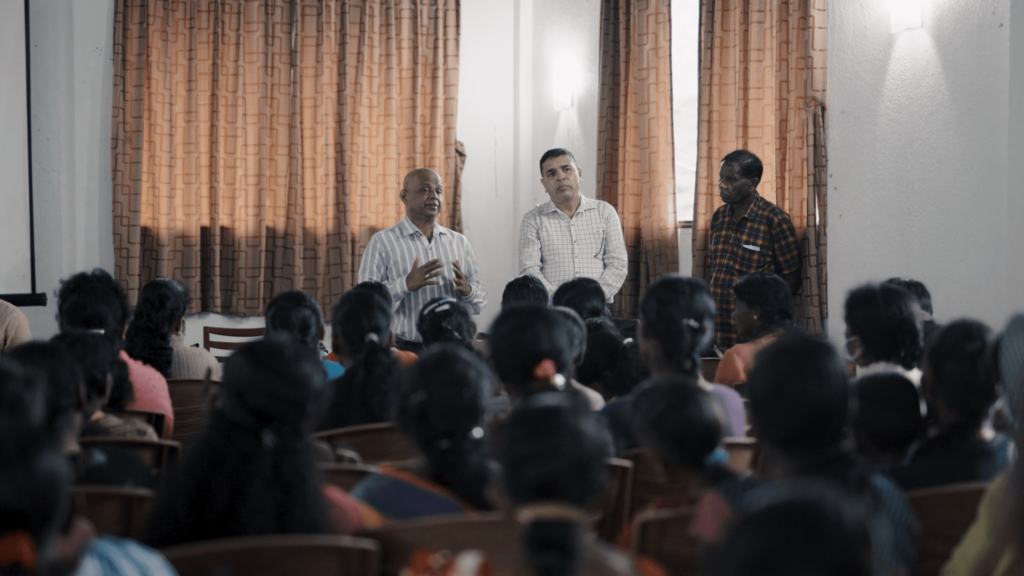
“Women continue to be targeted by these microfinance institutions,” said Myanthi Peiris. “They’re much easier to approach and open to having those discussions; and they are viewed as being easily enticed.”
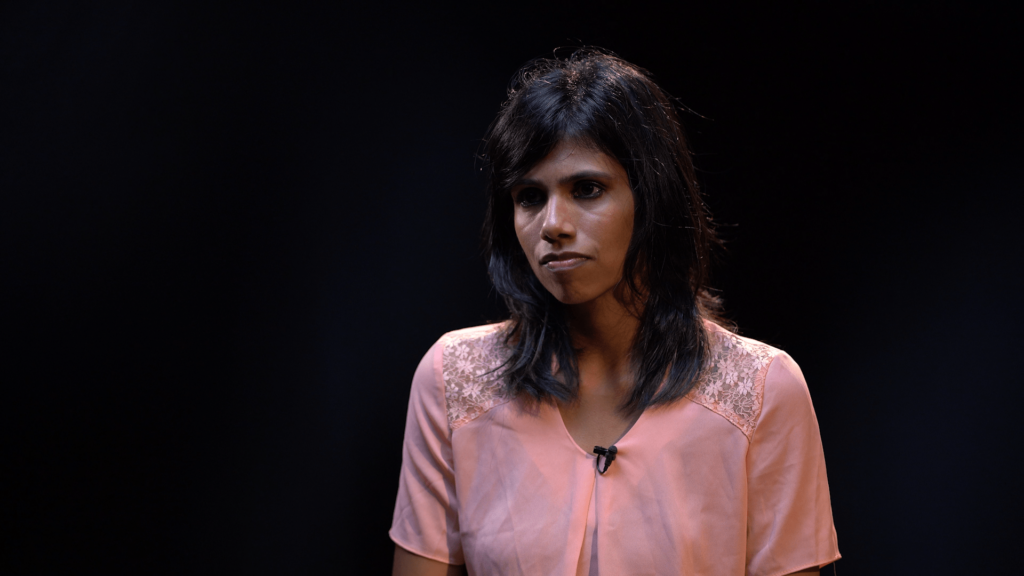
“We have raised these issues with the Human Rights Commission,” said Guruge. “We informed the Central Bank. We made an inquiry to those who represent the Parliament regarding the loan finance draft in the Attorney General’s Department.”
CPA also collaborated with local governments to develop a by-law to help impose stronger regulations on the country’s microfinance sector as well as provide a common office where microfinance officials and the general public can resolve any disputes.
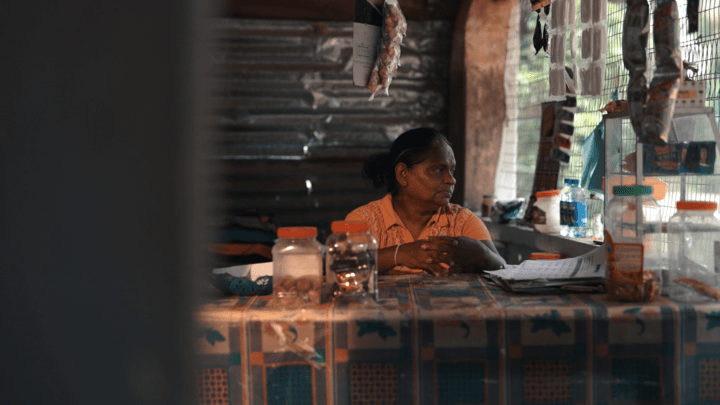
In response to CPA’s complaints, the Central Bank wrote off some of the loans, including one owed by Christina Hamine. “As soon as I received the letter, I informed the CPA that my loan which was worth 228,000 rupees had been written off,” she said. “Then I called and told my sons.”
Sinnaiya Arulselvi and Kuganesan Selviyanjali are also confident in the debt intervention undertaken by the CPA.
Speaking on CPA’s plans to further curtail the exploitative actions of the microfinance sector, Lional Guruge said, “If the microfinance institutions do not act according to the recommendations of the Human Rights Commission, we hope to go to the Supreme Court.”
“Our work is still at the initial stages,” said Myanthi Peiris, “But we aim to address the issue of regulation, while also supporting these women in understanding their rights.”
We may never know the true cost of allowing the microfinance sector to go unchecked and unregulated for so long. For those affected, there is now some small measure of relief knowing that their rights as small business owners and as citizens are finally being protected.





